Delegates at the Mary Robinson Climate Conference have heard repeated calls for greater community involvement in the effort to deal with global warming.
The former president's home place is aiming to become known as "Ireland’s Greenest Town", with a series of initiatives under way to achieve that goal.
Among them, a re-wilding programme in one of Ballina's larger housing estates. There, a combined effort has culminated in an innovative community project being awarded first place in an EU-wide environmental competition.
The European New Bauhaus prize acknowledges new approaches to sustainability and preservation of the ecosystem. It has recognised the Ripple Project in the Greenhills estate as a landmark entry in the 'Reconnecting with Nature’ category.
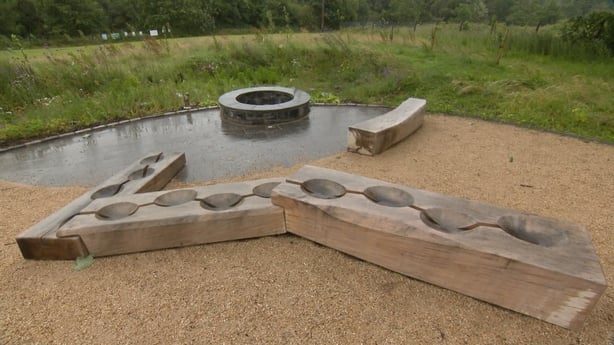
The undertaking, devised in conjunction with planners from UCD, sees local residents driving a process of change and adaptation, in an effort to enhance and expand the natural environment around them.
Mark McAndrew, who was one of the first to become involved in the project explained how it started during the pandemic when a number of locals decided that it might be an idea to try and move away from the usual mow-grow-mow cycle, on the main green area at the edge of the estate.
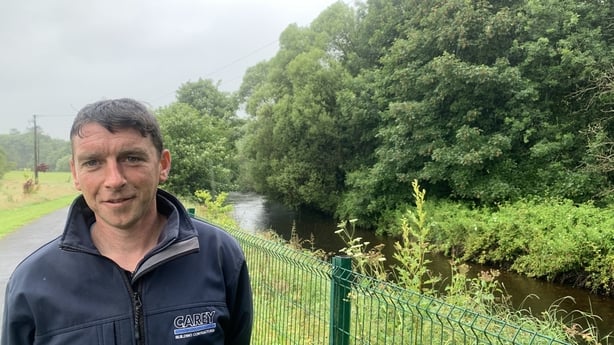
They approached Mayo County Council to request that some areas be left wild and started to clean up the banks of the Brusna river, a tributary of the Moy, which runs alongside the green.
Within months they noticed an increase in the volume of insects circulating around the area. In turn, birds and animals returned in greater numbers.
As the ecosystem adapted, interest grew, and more residents got interested in what was going on.
Mr McAndrew explained how the idea gained traction.
"We planted native Irish trees, stopped spraying pesticides and saw quick results. Insect life has really gone through the roof, that brings in the birds and the circle continues.
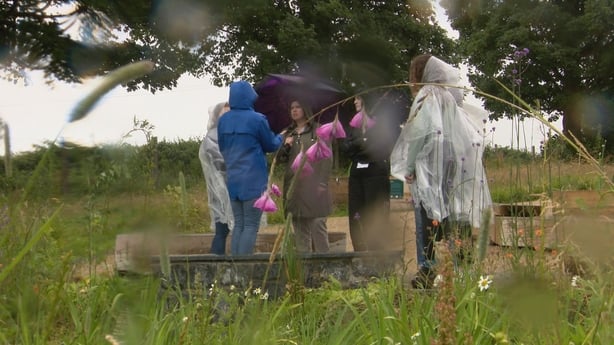
"We’re not doing this for ourselves, this is for our children and grandchildren. This is our area, where we grew up and we wanted to improve it. Instead of waiting for action to be taken, we just did what we could".
The involvement of locals led to a Creative Ireland funding application for a dedicated nature space in the estate. That brought about the development of a community space, with pollinator friendly plants, allotments and a dedicated drainage system. Known as the ‘Paradise Garden’ it forms part of the wider Ripple Project, named for the manner in which the initiative has resonated with people in the locality and for the results it’s delivering.
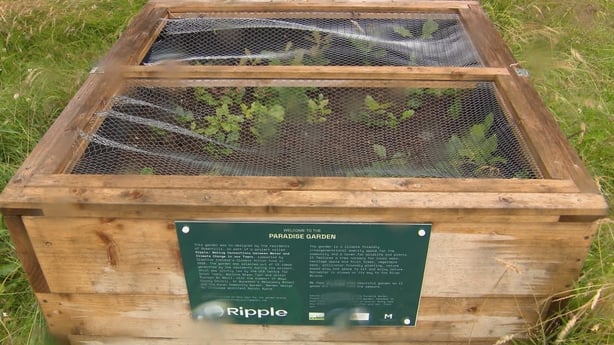
Seán O Cléirigh, from Greenhills, is overjoyed by what has been achieved in a relatively short period of time. He’s recorded butterflies, bats, multiple bird species, hedgehogs, foxes and frogs circulating in quick succession. He described the project as like "a dream unfolding", with new sights, sounds and smells, with the changing of the seasons.
And the ripple is already extending beyond the common area, with many residents planting raised beds and growing their own vegetables for the first time in their back gardens.
Read more:
Ryan: 'Shame' and 'blame' won't speed up climate action
Orla Murphy, from the School of Planning Policy at UCD, helped design the Paradise Garden. She emphasises the importance of listening to locals and ensuring their input fed into the process.
"This space is only six months old but there are so many wins from it. It’s totally scalable and could be replicated anywhere in Ireland. Having projects that make everyday places more climate resilient means there are benefits for the ecosystem, for people and for future generations."
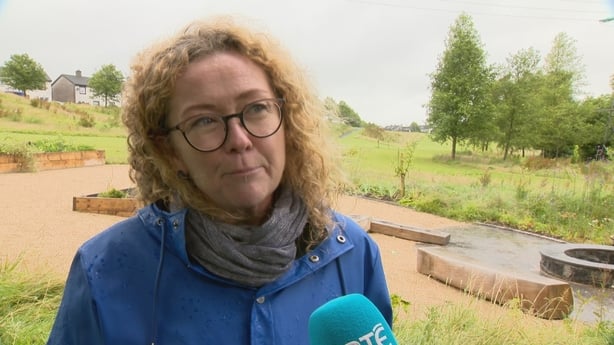
She says a combination of "top down and bottom up" actions are needed to deal with the climate crisis and that the New European Bauhaus award recognised entrants under the headings of "beauty, sustainability and inclusion".
"It’s huge international recognition for the approach we took here, as much as for the garden itself".
Independent Councillor Mark Duffy, who was involved in the project, says the power behind it came from residents, who made the first move. He credits their leadership as providing the foundations from which the rest of the effort could be built.
"It shows other estates, right across the country, that if they show leadership, and make that first step, the possibilities are limitless."








